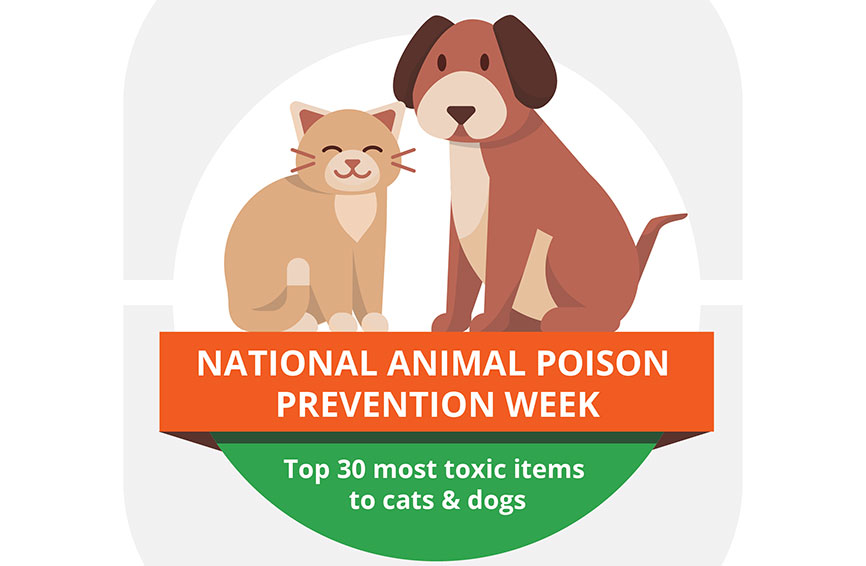Table of Contents
Causes of Cat Ear Mites

Attracted by the dark, moist environment inside a cat’s ears, mites can take up residence when a pet comes in contact with another animal who is infected. Ear mites in cats are highly contagious; if one feline has them, other pets in the house are likely to get them. However, ear mites are much more common in cats than dogs.
Outdoor cats, which come in contact with all sorts of wildlife, are even more likely to contract them. Likewise, the conditions that kittens are raised in – close contact in animal shelters or with littermates – are also conducive to the spread of ear mites.
Symptoms of Ear Mites in Cats

The primary symptom of ear mites is excessive scratching of the affected ear(s). Cats and kittens may scratch their ears raw, leading to scabs near the ears and neck. Fur loss, or alopecia, can also occur if your cat’s itching becomes overwhelming. In some cases, the actual ear mites are visible in the ear canal as coffee grain-like specks. If ear wax and discharge build up, your cat’s ears may even start to smell bad. Cats with underlying immunodeficiencies may be more severely affected since their defenses are already weakened.
A cat with mites may also shake his or her head repeatedly. Scratching and shaking can predispose the affected cat to secondary complications, such as aural hematomas. An aural hematoma is a collection of blood within the ear flap that can lead to permanent damage and may require surgical correction if left untreated.

How To Treat Ear Mites in Cats
You will need to visit your veterinarian in order to clear up a case of ear mites in your feline friend. Try to avoid self-diagnosing your pet because cats can also develop bacterial ear infections. These infections may appear similar to ear mites grossly, but a microscopic exam by your veterinarian is necessary to decipher the two.
First, your vet will conduct a physical exam of your pet, which includes taking a temperature. (Sorry, kitty!) Next, swabs will be taken from each ear and examined under a microscope for the presence of mites, bacteria, or yeast. The veterinarian may thoroughly clean your cat’s ears using cotton swabs and a gentle cleanser to remove excess debris prior to prescribing medication.
Ear mite medicines for cats are typically in the form of medicated ear drops or a topical ointment. Medications should be applied directly into the ear as prescribed by your veterinarian. It may be helpful to swaddle your cat in a soft blanket or towel when applying the treatment. The prognosis for cats with ear mites is very good as long as medication is applied appropriately, and you attend recheck appointments with your veterinarian to ensure full resolution.

Cat Ear Mites Prevention
Ensure your cat’s ears are kept clean to prevent recurrence of ear mites. Senior cats, kittens, and outdoor cats may require extra cleaning sessions to prevent accumulation of debris within their ears.
At home, launder everything an infected pet has come into contact with. Although not as stubborn as fleas, ear mites can be resilient. Routinely washing pets’ beds – as well as your own sheets – helps prevent ear mites from running rampant in the house.
Sidebar image via Wikimedia Commons.
The content is not intended to be a substitute for professional veterinarian advice, diagnosis, or treatment. Always seek the advice of your veterinarian or other qualified health provider with any questions you may have regarding a medical diagnosis, condition, or treatment options.







